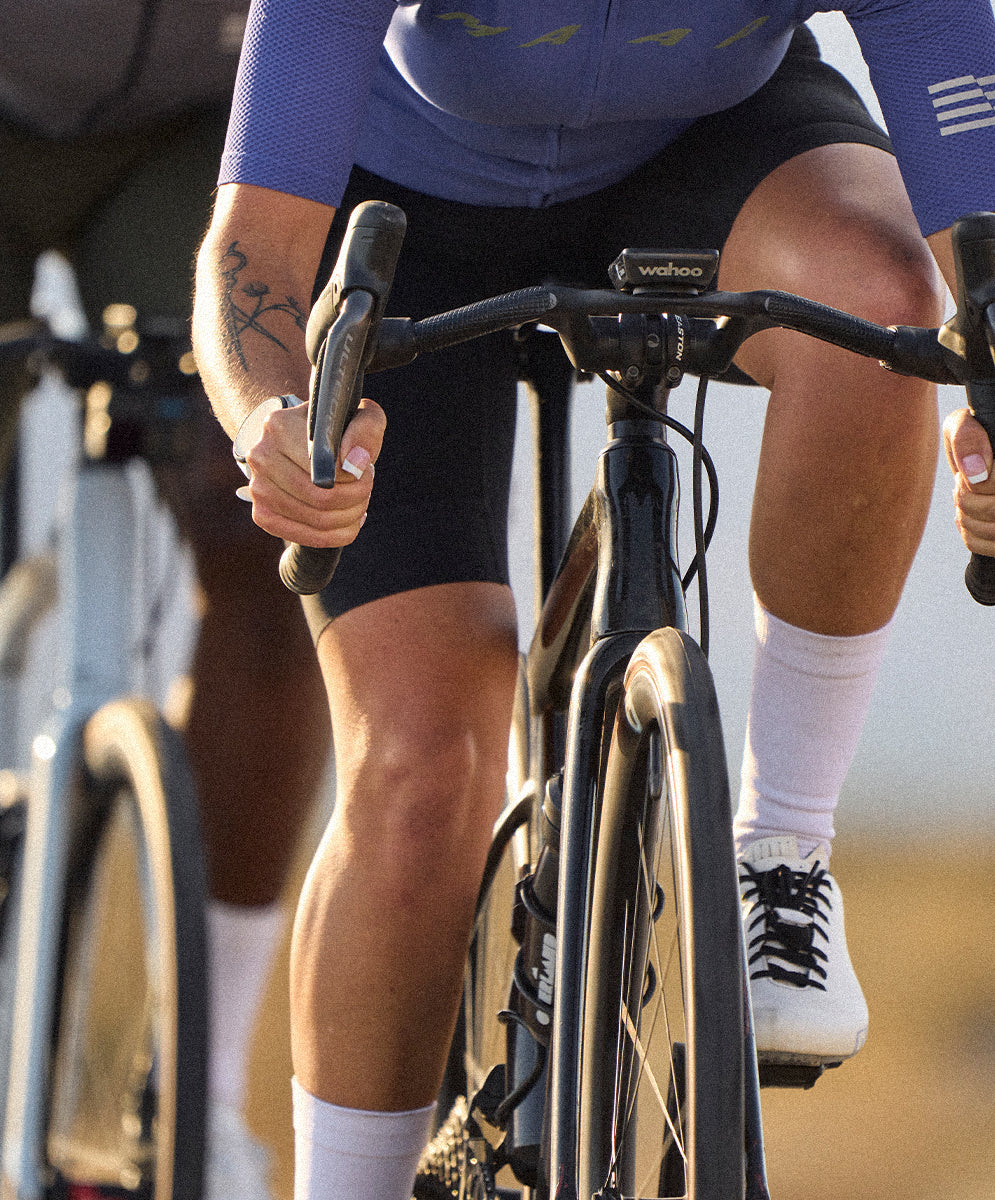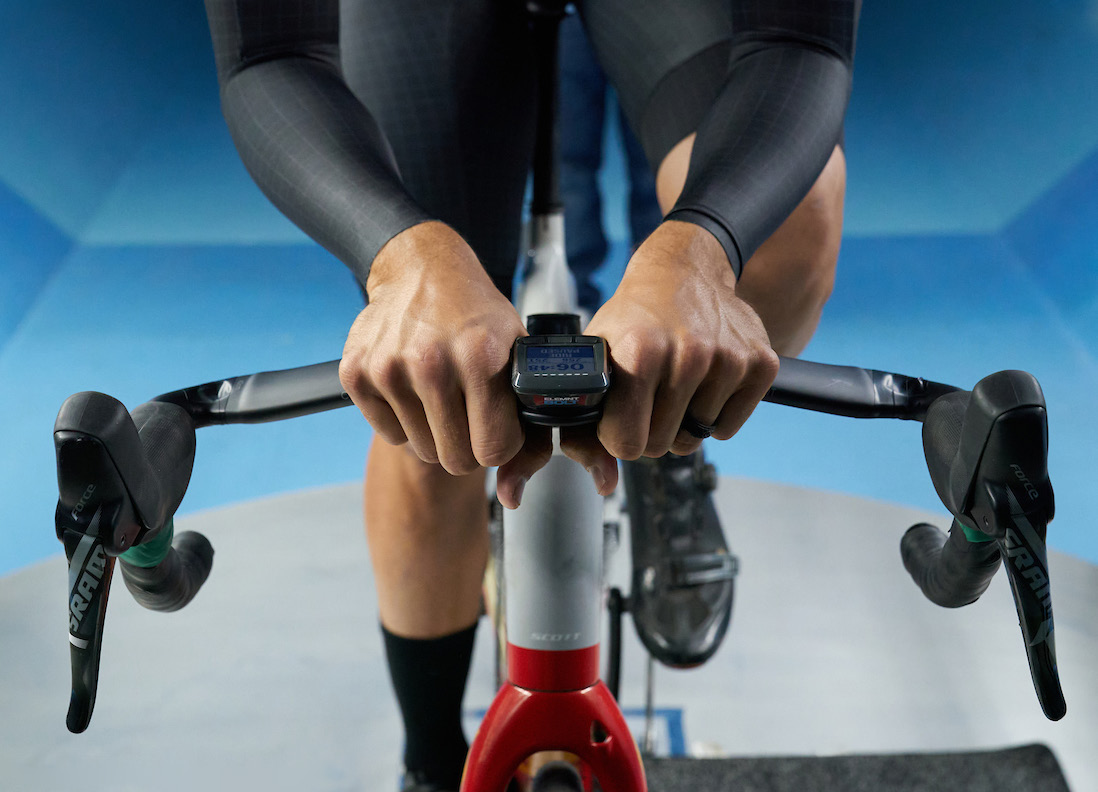
At Coefficient we optimize real world performance by thoughtfully blending three essential features – rider comfort, metabolic efficiency, and aerodynamics – into every product.

In addition to improving upper body alignment, Coefficient AR™ and RR handlebars are designed to ensure the rider’s control levers remain in a familiar location when switching from conventional handlebars. During the design process, the placement of the handlebar drops relative to the stem mount is fixed in space to match a conventional handlebar. From here, Coefficient shapes the bar tops to align with the natural orientation of the rider’s hands, wrists, arms, and shoulders. Ergonomic and anthropometric data are blended with feedback from world-class bike fitters and racers to determine the final product design with each handlebar size tailored to the rider most likely using it.
SWOPE™ (sweep + slope) is Coefficient’s most recognizable innovation. Anthropometric data has influenced additional ergonomic improvements such as proportional sizing to accommodate a variety of hand sizes and thumb notches to improve control while riding in the drops
Wind Tunnel Testing
In January 2021, cycling aerodynamicist and Wyoming Wind Tunnel CEO Aaron Ross accepted the challenge of designing a handlebar testing protocol that captures data replicating real world cycling while being repeatable with different riders. Coefficient decided to use the world-renowned San Diego Low Speed Wind Tunnel to confirm their handlebar design advantages.
Testing against the Zipp SL-70
Aero Handlebar
Coefficient’s goal was to test against one of cycling’s leading aero drop handlebars. The popular, well tested and often reviewed Zipp SL-70 Aero handlebar was selected. Zipp claims the SL-70 Aero handlebar saves 6.4 watts over a round tube bar.
The Testing Protocol
The testing protocol was designed to compare and quantify Coefficient’s RR handlebar’s unique hand positions versus a traditionally shaped aero drop handlebar. This was achieved in several ways that are logical to how cyclists place their hands on handlebars in the real world. The protocol includes a detailed framework outlining everything from airspeed, wheel speed, data sweeps, data averages, and rider hand positions.
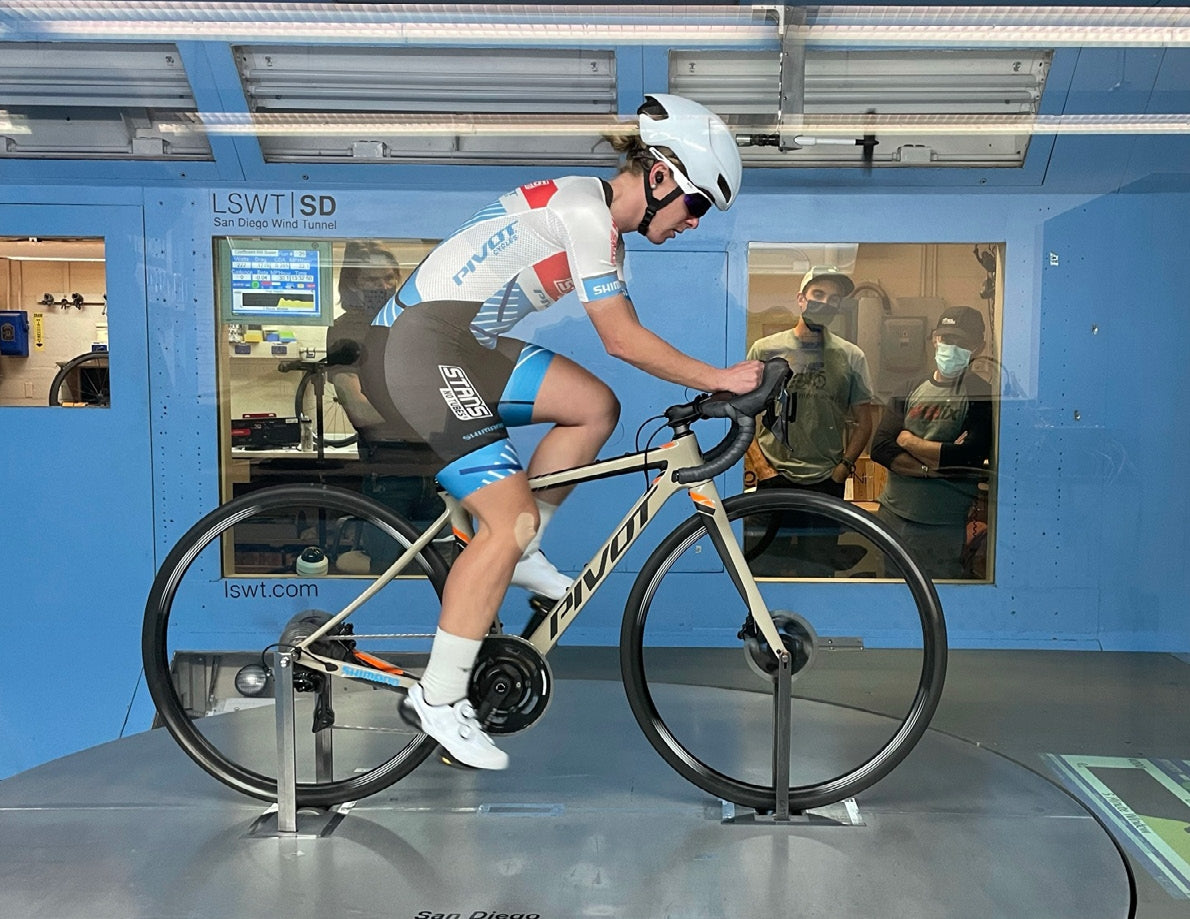
San Diego Wind Tunnel testing confirmed that the Coefficient RR offers superior aerodynamic advantages to the Zipp SL-70 Aero handlebar when riding in the Tops Middle Aero, Secure Aero, Secure Aero Attack and Super Aero hand positions. The results show that both test riders, Evan Pardi and Chloe Woodruff, were able to maintain a more aerodynamic position when using the Coefficient RR handlebar. Furthermore, if a cyclist chooses to ride in the traditional hand positions on the RR bar, their aerodynamic advantage is the same as the Zipp SL-70 Aero handlebar.
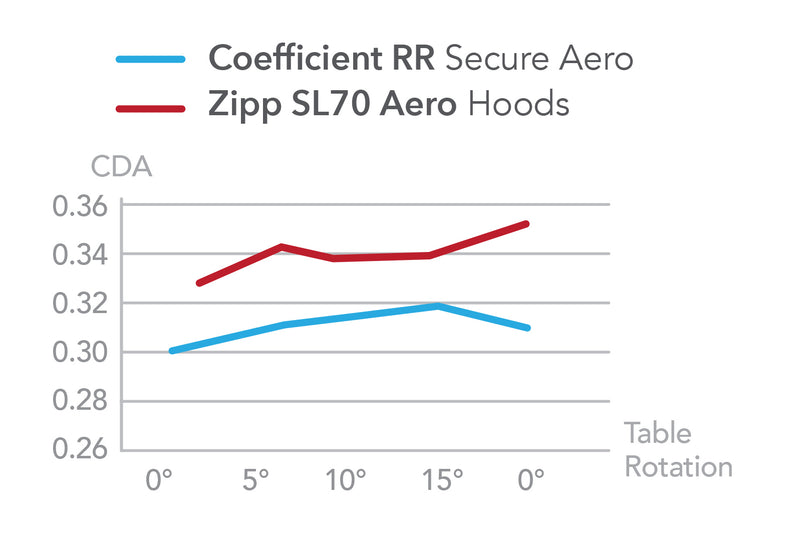
Chloe Woodruff’s Test Results
Chloe gained advantages using the unique hand positions provided by the Coefficient RR bar. Chloe saw her largest aero-drag reduction of 10% when riding in RR Secure Aero vs Zipp Hoods and an 8% reduction when riding RR Super Aero vs Zipp Hoods Attack. During recovery periods, Chloe was 3% faster riding RR Tops Middle Aero vs Zipp Tops Middle.
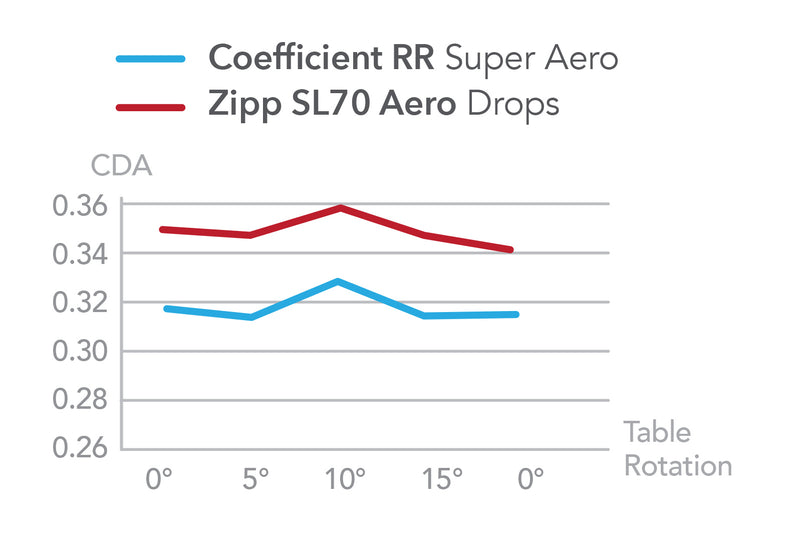
Evan Pardi’s Test Results
Evan’s testing produced similar results. Evan received an aero-drag reduction of 10% riding RR Super Aero vs Zipp Drops and an 8% reduction riding RR Secure Aero Attack vs Zipp Hoods Attack. During recovery periods, Evan was 6% faster riding RR Tops Middle Aero vs Zipp Tops Middle.
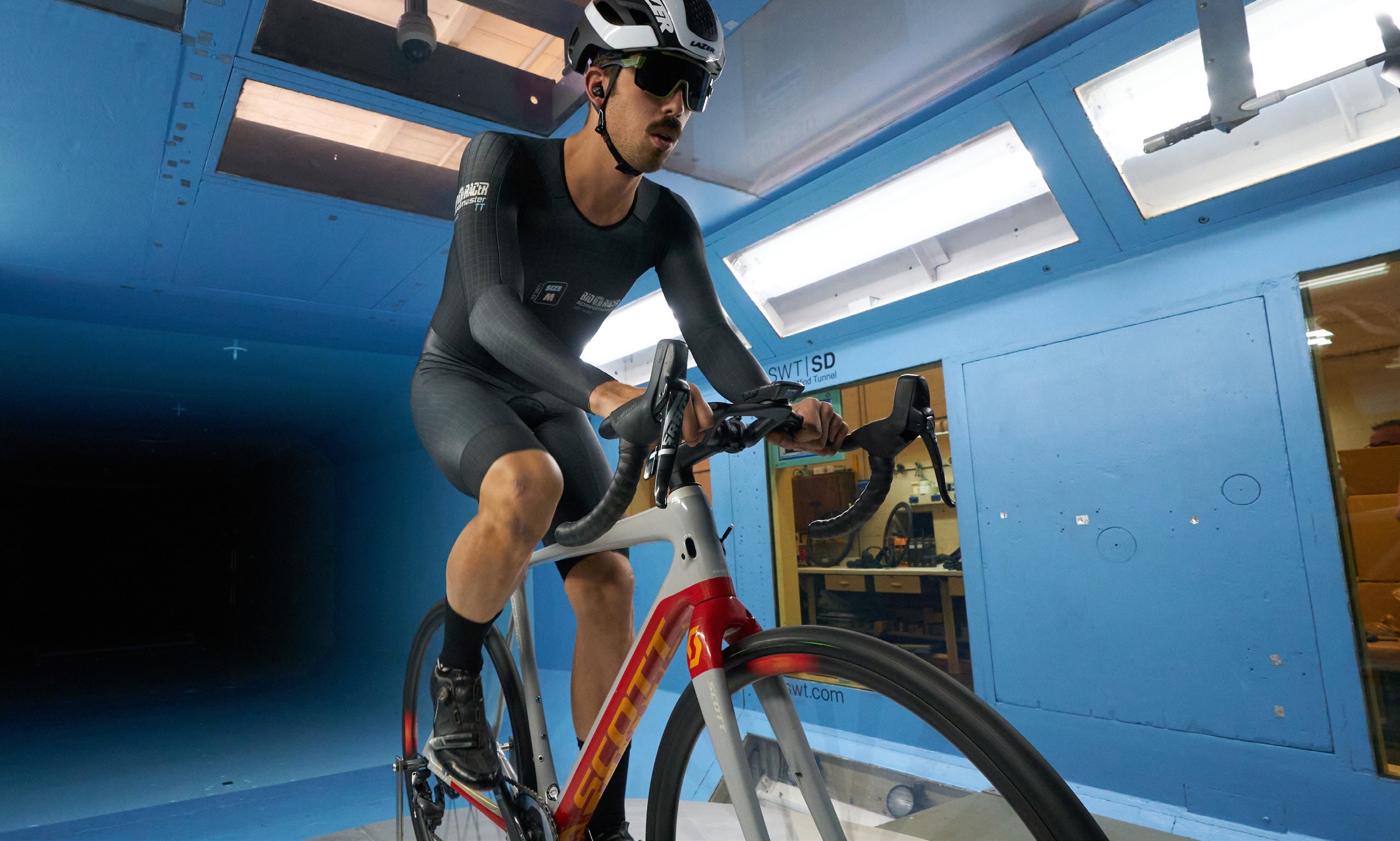
Read the full in-depth test document
